Your Guide to Sending Emails Securely in Outlook
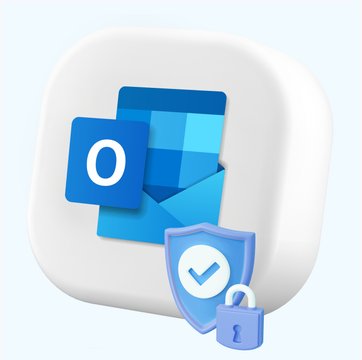
Table of contents
With phishing attacks, malware, and spam on the rise, email security is more important than ever. A lot of our inboxes contain sensitive information – business contracts, bank details, legal documents – and that makes it a prime target for cyber threats.
So, how do you protect your emails, and send and receive communication in a secure manner?
In thie blog, we will walk you through everything you need to know about sending secure emails in Outlook. From understanding the basics of email security to step-by-step instructions on how to encrypt your messages, we’ve got you covered.
Table of Contents
- What is email security?
- Why is sending secure emails important?
- How to enable security features in Outlook
What is email security?
Email security refers to the techniques and measures used to protect email accounts and communications from unauthorized access, loss, or compromise. It’s about ensuring that only the intended recipient can read your message and that the information within remains confidential and intact.
Think of email security as locking the door to your house. You wouldn’t want just anyone to walk in and see your personal belongings or take something valuable. Similarly, you want to lock down your emails to prevent sensitive information from falling into the wrong hands.
Why is sending secure emails important?
Sending secure emails is crucial for several reasons:
- Protecting Sensitive Information: Whether it’s personal data, financial details, or confidential business information, you need to ensure that sensitive content is only accessible to the intended recipients.
- Maintaining Trust: In any business, your clients and partners expect your information to be handled with care. Having robust email security practices helps build and maintain trust.
- Compliance: Various laws and regulations, such as GDPR and HIPAA, mandate the protection of certain types of information. Failing to secure your emails could result in hefty fines and legal consequences.
How to enable security features in Outlook
Before sending secure emails in Outlook, make sure your Outlook application is properly set up. This involves updating to the latest version of Outlook and enabling the necessary security features. Let’s walk through the steps:
- Launch Outlook on your computer.
- Click on the File tab at the top left corner.
- Select Office Account from the menu.
- Click on Update Options.
- Choose Update Now. This will prompt Outlook to check for and install any available updates.
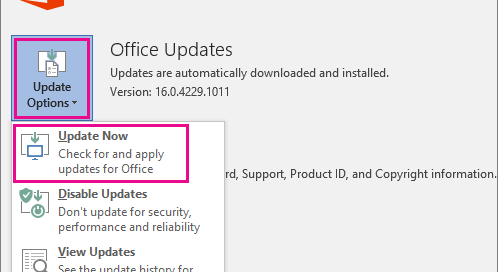
Next, enable security features in Outlook settings
- Click on the File tab.
- Select Options at the bottom of the left-hand menu.
- In the Outlook Options window, click on Trust Center in the left sidebar.
- Click on Trust Center Settings.

- In the Trust Center window, select Email Security.
- Under the Encrypted email section, you’ll find various settings to enhance your email security.
- To encrypt all outgoing messages by default, check the Encrypt contents and attachments for outgoing messages box.
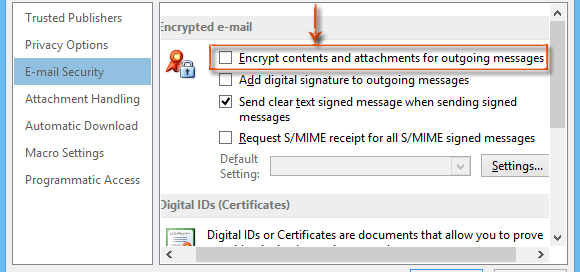
- Under Certificates and Algorithms, click on Choose to select and configure your S/MIME certificate if you have one.
With these steps, you are setting the foundation to send secure emails in Outlook.
Top 3 ways to snd emails securely in Outlook
There are several methods to send secure emails in Outlook, each with its own steps and benefits. Let’s explore these methods in detail.
3.1 Using Office 365 Message Encryption
Office 365 Message Encryption allows you to send encrypted emails within the Office 365 ecosystem. Here’s how to do it:
- Open Outlook and click on New Email to compose a new message.
- In the email composition window, go to the Options tab.
- Click on the Encrypt button. If you’re a Microsoft 365 subscriber, you will see options such as Encrypt-Only or Do Not Forward.
- Select the encryption type based on the level of restriction you need. For example, Encrypt-Only will encrypt the message but allow forwarding, while Do Not Forward will encrypt and prevent forwarding.
- Finish composing your email and click Send.

3.2 Using S/MIME Encryption
S/MIME (Secure/Multipurpose Internet Mail Extensions) encryption uses digital certificates to encrypt and sign emails. Here’s how to set it up:
- Obtain a digital certificate from a trusted Certificate Authority (CA).
- Install the certificate on your computer by following the CA’s instructions.
- Go to File > Options > Trust Center > Trust Center Settings.
- Select Email Security.
- Under Encrypted email, click on Settings.
- Under Certificates and Algorithms, click Choose and select your S/MIME certificate.
- Click OK to save the settings.
- Compose a new email.
- In the email composition window, go to the Options tab.
- Click on Encrypt and select Encrypt with S/MIME.
- Complete your email and click Send.

3.3 Using Third-Party Add-ins
Third-party add-ins provide additional features and flexibility beyond what is natively available in Outlook. Here’s how to integrate and use them:
- Research and select a reputable third-party encryption tool, such as Virtru or Zix.
- Follow the provider’s instructions to download and install the add-in for Outlook.
- Once installed, open Outlook.
- You should see a new tab or set of options related to the third-party tool in your email composition window.
- Compose a new email.
- Encrypt the email using the add-in’s options. This usually involves selecting an encryption button or option provided by the add-in.
- Follow any additional prompts to set encryption preferences.
- Complete your email and click Send.
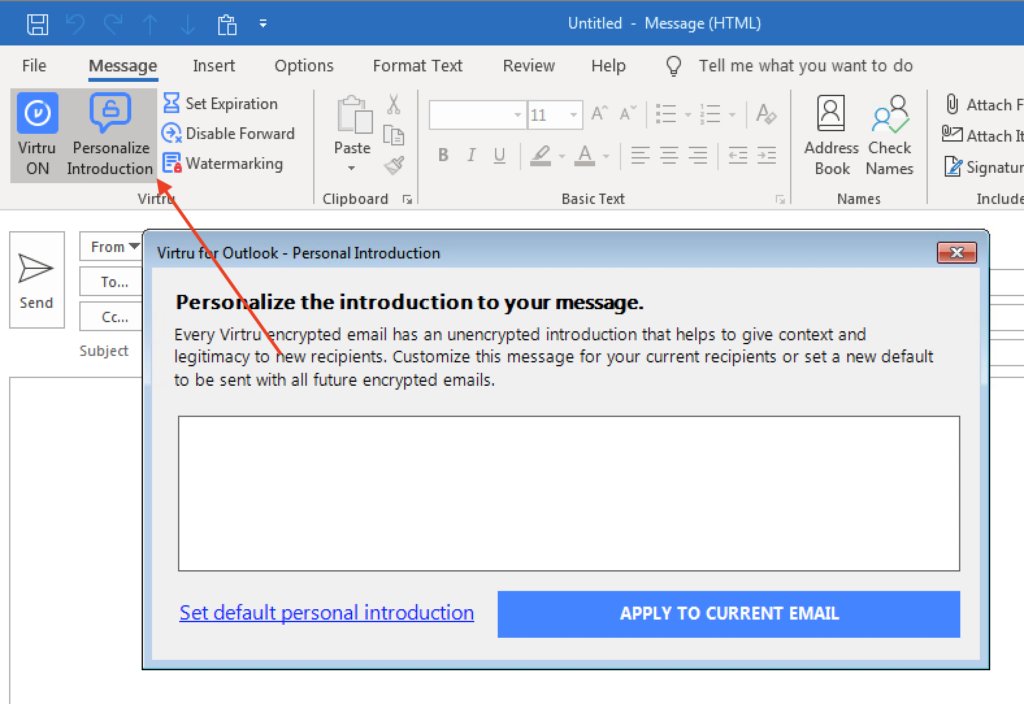
Risks of unsecured emails
Sending emails without proper security measures can expose you to a variety of risks:
- Data Breaches: Cybercriminals can intercept emails to steal sensitive information, leading to identity theft or financial loss.
- Phishing Attacks: Unsecured emails can be easily spoofed. Hackers can deceive recipients into providing personal information by nudging them to click on malicious links.
- Loss of Confidentiality: Unencrypted emails can be accessed by unintended recipients, compromising the confidentiality of the information shared.
- Reputation Damage: If your email security is breached, it can harm your reputation, leading to a loss of trust from clients, customers, and partners.
Here’s how to encrypt attachments using the 7-Zip tool.
- Create a Zip File: Right-click on the file, select “Send to”, and then “Compressed (zipped) folder”.
- Add Password: Use 7-Zip to set a password for the zip file. Right-click on the zip file, select 7-Zip, then “Add to archive”. In the dialog box, set a password.
- Share Password Securely: Share the password with the recipient through a different channel, like a phone call or a separate secure message.
Did You Know: 61% of cybersecurity leaders are worried about AI being used in phishing scams.
Best practices to secure email subject lines and attachments
Email security doesn’t stop at encryption; subject lines and attachments also need careful handling to ensure the entire message remains secure. Here are some best practices and tips:
- Avoid sensitive information: Never include confidential or sensitive information in the subject line. Subject lines are not encrypted, so treat them as public information. Instead of using a subject line such as “Confidential: Financial Report for Q2”, opt for something generic like “Report Update”.
- Indicate security measures: You can indicate that the email is secure by including a phrase like “[Secure]” or “Encrypted” in the subject line. This alerts the recipient to handle the email appropriately.
- Use built-in encryption features: When composing an email in Outlook, you can use the built-in encryption features to secure attachments along with the email message. This ensures both the message and attachments are protected.
- Share passwords securely: Do not send the password in the same email as the attachment. Use a different communication channel to share the password with the recipient.
- Verify recipient’s ability to decrypt: Confirm that the recipient knows how to decrypt the files and has the necessary software. This helps prevent any access issues.
- Encrypt attachments: Before attaching files to your email, encrypt them using file encryption tools such as 7-Zip or WinRAR. This adds an additional layer of security.
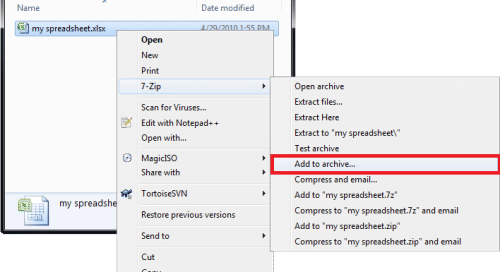
Frequently Asked Questions (FAQs)
Sending secure emails in Outlook can raise a few questions, especially if you’re new to the process. Here are some common queries and their solutions to help you out.
Q1: Do I need a special subscription to send encrypted emails in Outlook?
Yes, to use Microsoft 365 Message Encryption, you need an Office 365 Enterprise E3 license or higher. For S/MIME encryption, you need a digital certificate, which can be obtained from a Certificate Authority.
Q2: How do I know if my email was sent securely?
After sending an encrypted email, Outlook usually displays a lock icon next to the message in your Sent Items folder. Additionally, you can check the encryption settings of the sent email.

Q3: Can the recipient read my encrypted email if they don’t use Outlook?
Recipients who don’t use Outlook can still read your encrypted email if their email client supports S/MIME or if they receive a web-based decryption link from Microsoft 365 Message Encryption.
Q4: What if the recipient can’t open the encrypted email?
Ensure the recipient has the necessary decryption tools and certificates. If they are still having trouble, send the email unencrypted but use password-protected attachments to secure the content.
Q5: Is it possible to encrypt all my outgoing emails by default?
Yes, you can set Outlook to encrypt all outgoing emails by default. Go to File > Options > Trust Center > Trust Center Settings > Email Security and select Encrypt contents and attachments for outgoing messages.
Q6: Can I use both S/MIME and Microsoft 365 Message Encryption together?
No, you should not apply IRM (Microsoft 365 Message Encryption) to a message that is already encrypted using S/MIME, and vice versa. Choose one method per email to avoid conflicts.
Conclusion
In this article, we’ve covered everything you need to know about sending secure emails in Outlook.
From understanding the basics of email security to configuring Outlook for encrypted communications, and even avoiding common pitfalls, we’re hoping that these would equip you well to protect your email communications.

































